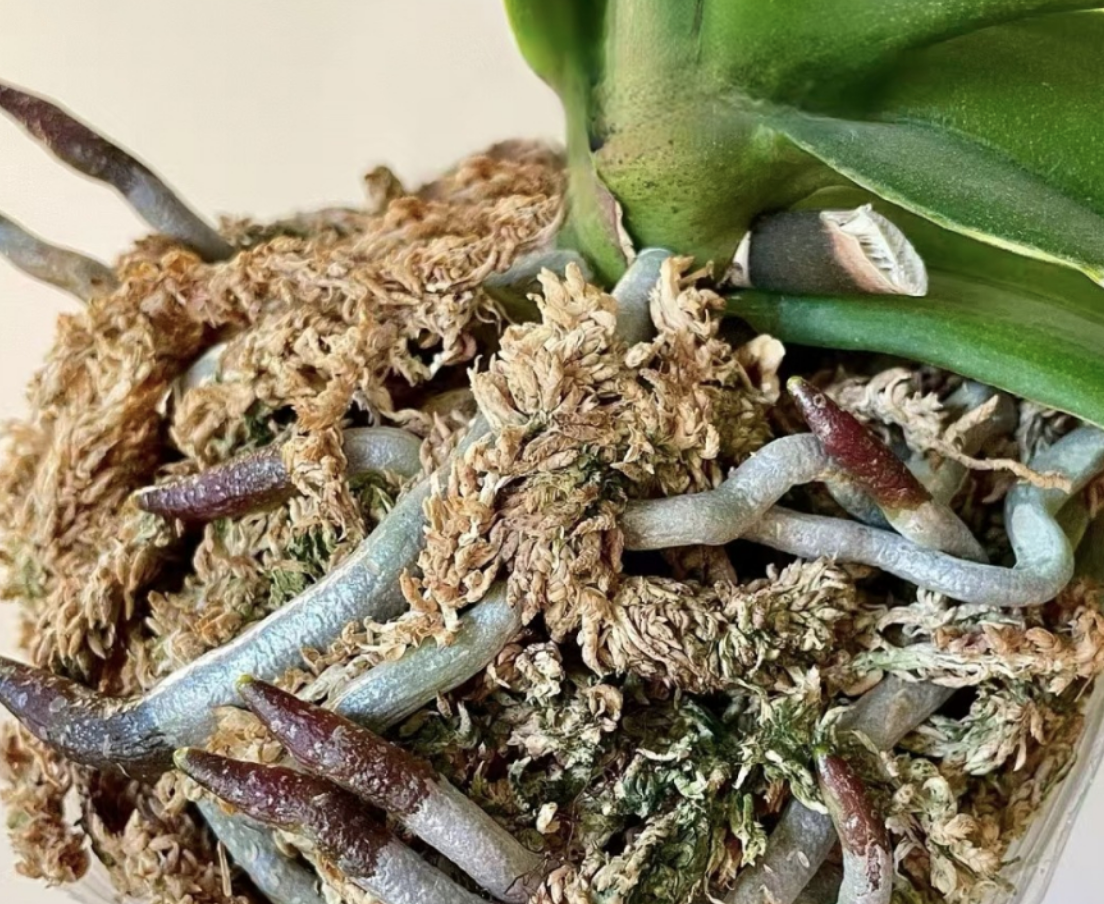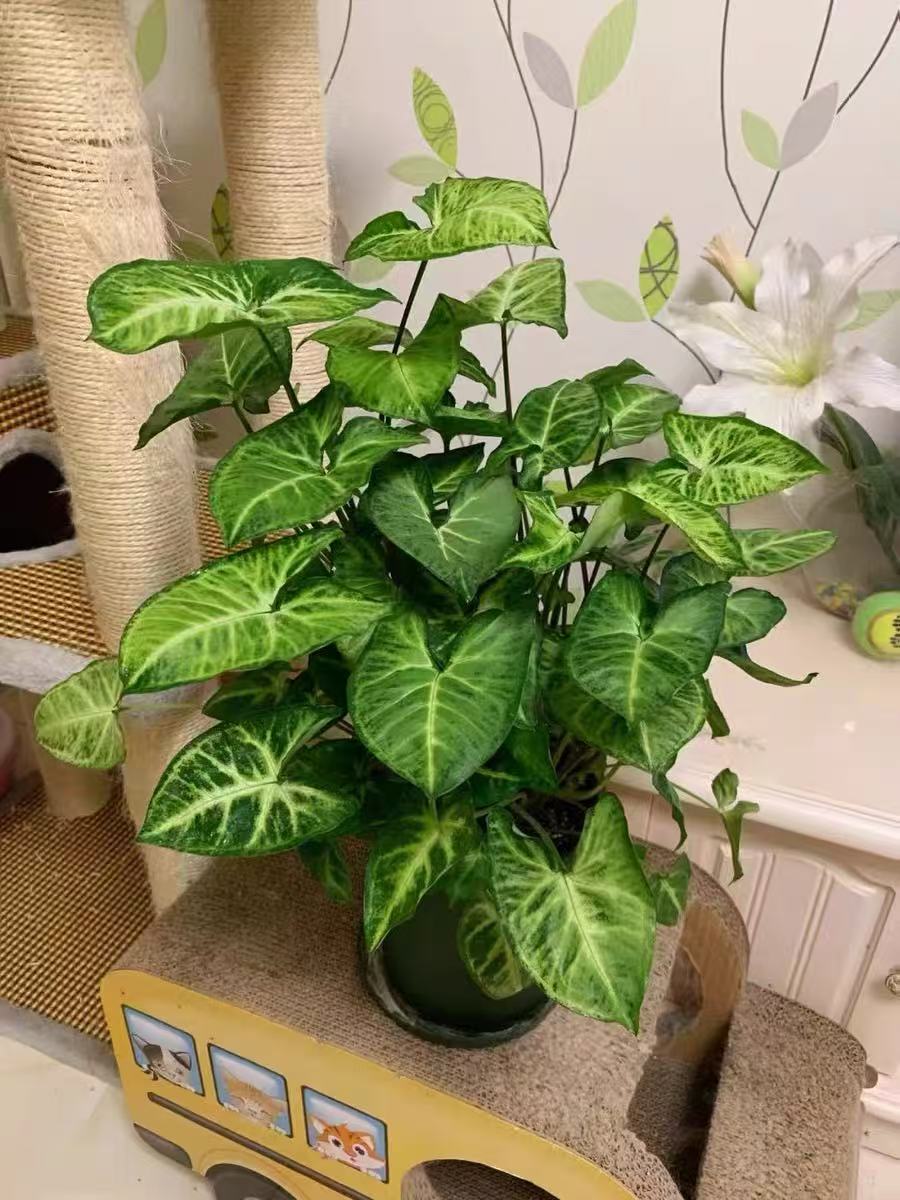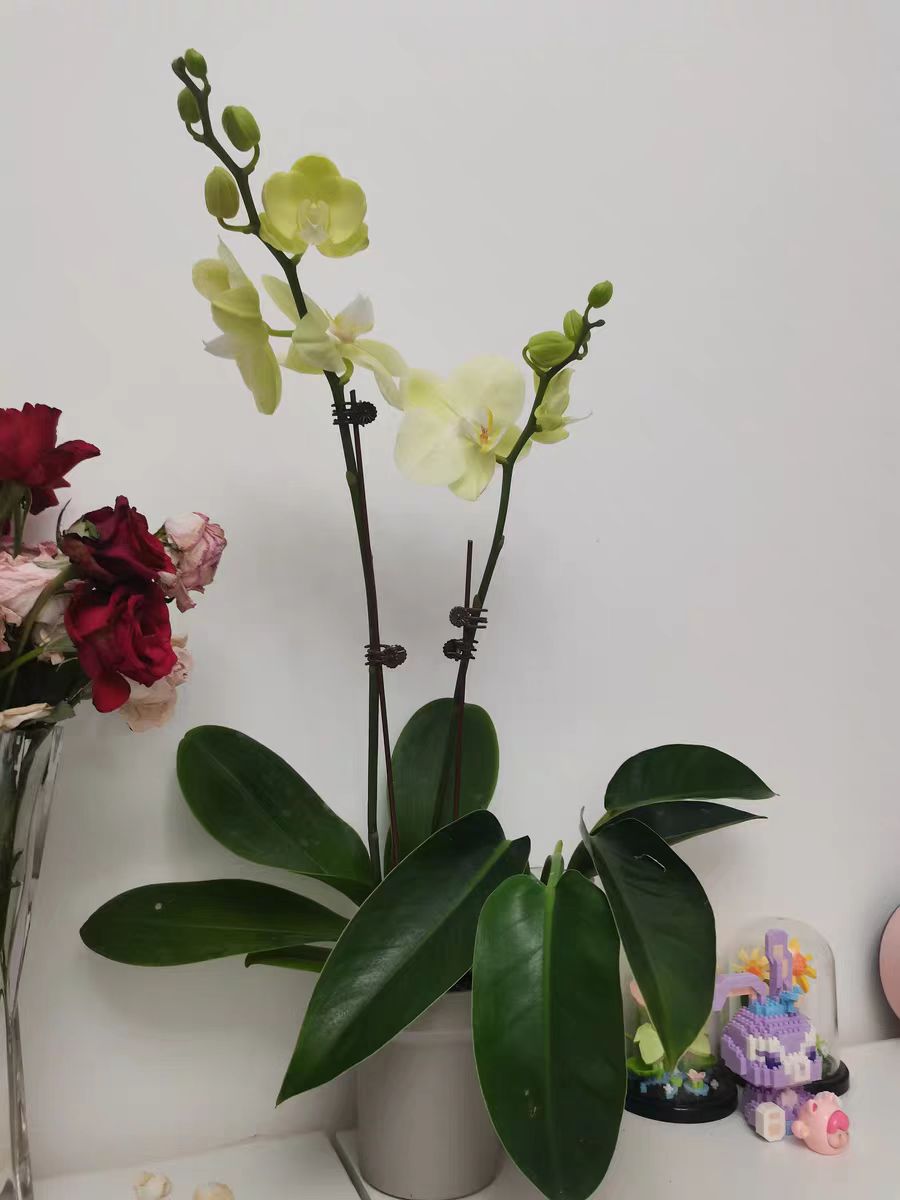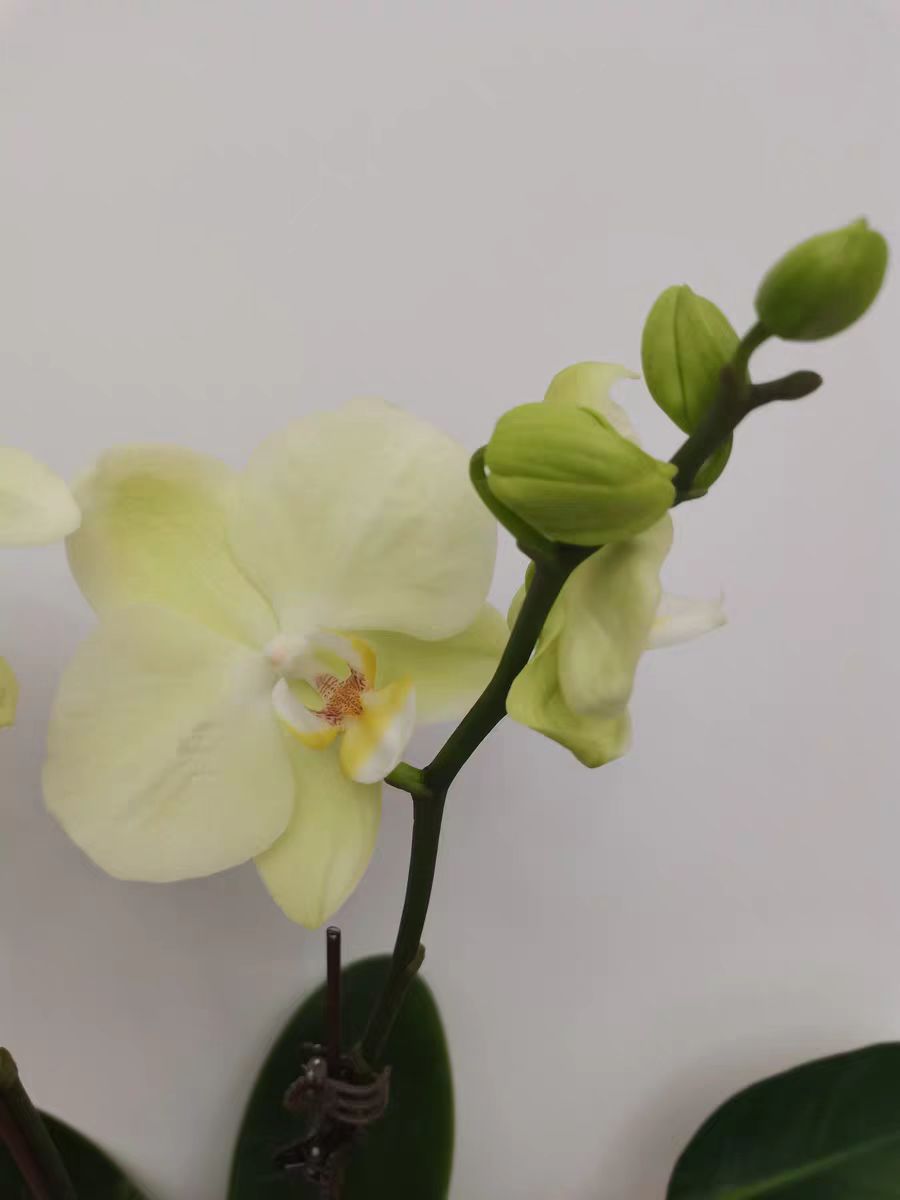In the process of cultivating Phalaenopsis, the selection of the substrate and daily maintenance are of vital importance. Generally, the substrate refers to the "soil" in which the Phalaenopsis grows. The quality of its condition will directly affect the health of the plant. Therefore, there should be no waterlogging or excessive fertilization in the substrate.
So, in daily maintenance, how can we avoid the situation where the soil is in poor condition?
The first thing to figure out when cultivating Phalaenopsis is its "special preferences" for the cultivation substrate. Considering its original ecological environment, it grows in the tropical rainforest, and its roots are fleshy. They have a certain water storage function. Therefore, if the roots are in a wet environment or submerged in water for a long time, it is easy for them to lack oxygen. Eventually, this will lead to problems such as waterlogging and root rot. That is to say, subsequent damage to the roots will have a chain reaction and affect the growth status of the plant. The general principle is similar to that of a person. If a person is underfed and lacks water, they will look sickly.
Therefore, once you notice that the roots of the Phalaenopsis are damaged, the top priority for flower enthusiasts is to consider repotting it, which is a crucial step in saving the Phalaenopsis. When choosing the soil, we can take into account the preferences of its roots and select a medium that is both moist and allows for air circulation.
The "soil" that meets these properties is usually skillfully mixed with materials such as pine bark, coconut coir, and perlite. Pine bark has the characteristic of good air permeability, which enables the roots of the Phalaenopsis to breathe freely. Coconut coir has the characteristic of good water retention, which can provide water for the roots at the right time. Perlite has the characteristic of enhancing water circulation and preventing waterlogging and root rot. The substrates mentioned above are mostly favored by flower growers. These materials can also slowly release nutrients, providing an abundant "nutritional meal" for the Phalaenopsis.
Finally, regarding the steps for repotting the Phalaenopsis, first, gently shake the substrate in the old pot to loosen it. Then, gently pat and wash off the old soil attached to the roots. Subsequently, move the Phalaenopsis into the new substrate. After a series of operations, water it moderately during maintenance and place it in a location with scattered light and good air permeability.
What kind of substrate is good for Phalaenopsis?

Share with
Tagged in :




Leave a Reply